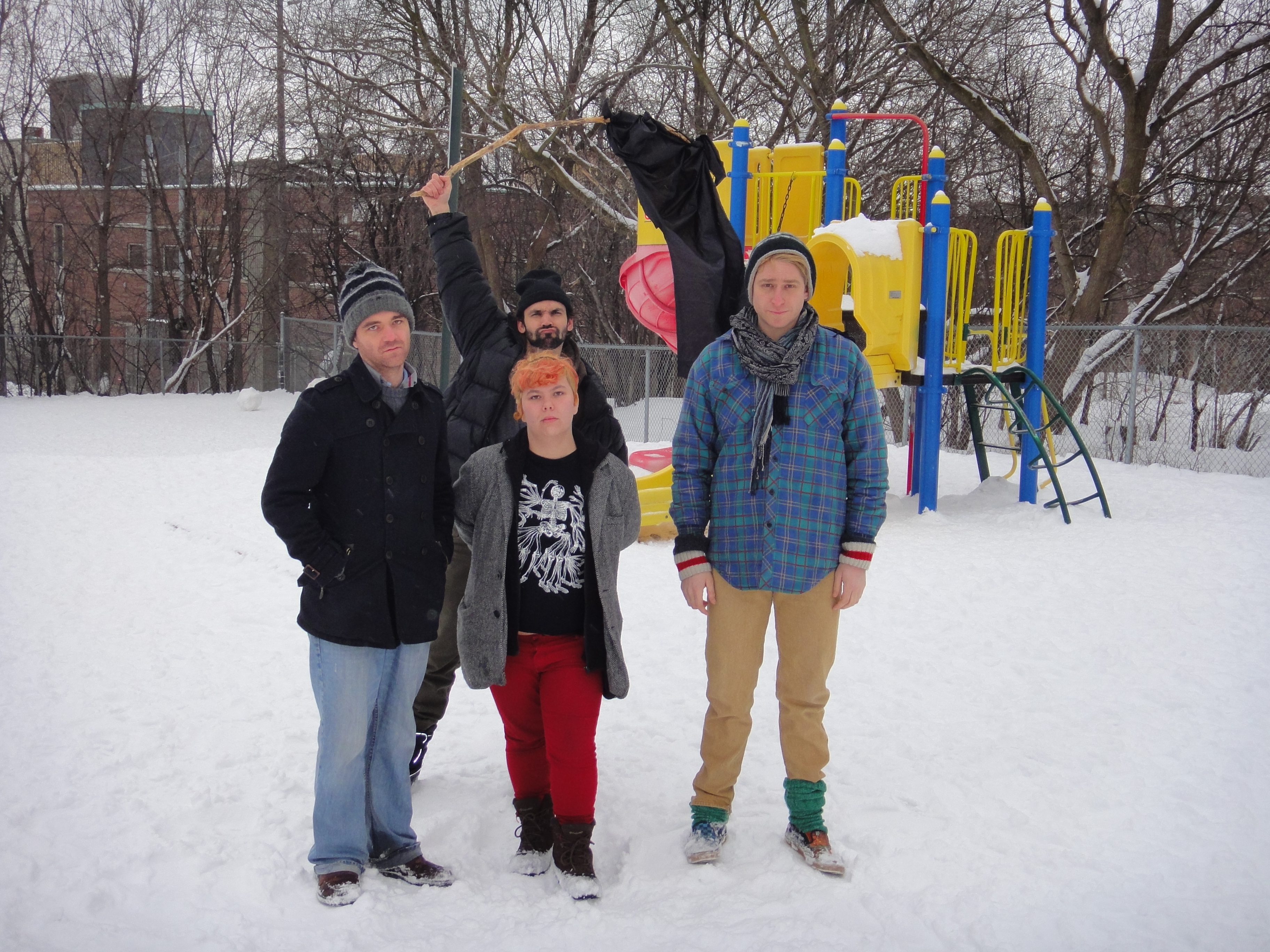David versus Goliath has recently been retold as a story of environmental justice: a small group of Trent students and Peterborough residents defeated the General Electric-Hitachi Corporation of Canada (GE) at the Canadian Nuclear Safety Commission (CNSC) tribunal. On December 23, permission for GE’s secretive plans to process enriched uranium downtown were officially revoked. The tribunal decision stated, “the issued license does not authorize activities related to low-enriched uranium (LEU) or possession of the same.”
Amanda Lickers and Matthew Laing-Gibbard, second-year students at Trent, caught sight of GE’s hazy yet green-lighted approval to manufacture LEU rods to power the “CANDU-Two,” the descendant reactors to Canada’s use and export of atomic energy. Having studied the effects of cumulative and non-metabolizable radiation exposure on cell structure, Lickers and Laing-Gibbard knew the health of Peterborough residents was in danger.
Making odd neighbours, the Prince of Wales Elementary School and GE, face each other on Monaghan road. An Arthur article Lickers wrote (Russian roulette with General Electric, issue 10) was circulated between parents of the school community. Enough whispers about low-level radiation exposure and discussions of its impact on children’s bodies necessitated a face-off; GE earned an invite to a public meeting in the gymnasium, and a different kind of sport ensued.
GE’s CEO Peter Mason pitched safety assurances with PowerPoint graphs. Bullet points scored a “responsible history.” The meeting then went critical during the question period. Multiple speakers shared the frustration of feeling kept in the dark. Maybe it was the clip-art image of daffodils growing out of a nuclear stack in Mason’s presentation, but GE clearly lost the audience’s trust. For the parents, it was their Erin Brockovich moment. Despite the lack of information they were given, they were qualified to concur as parents and residents of the area that GE made every effort to hide their plans from public consultation.
Hurtling into action, many parents submitted to the CNSC after a deadline for written interventions. The CNSC accepted only written interventions owing to a common complaint that the community was not properly notified as required by law.
With a borrowed minivan, a small group of Trent students arrived in Ottawa on December 8 to deliver oral interventions at GE’s ten year license renewal hearing. Representatives of the CNSC presented, followed by Peter Mason, and then came the critical interventions.
Through quotations, Zach Ruiter’s oral presentation gave the testimony of multiple Prince of Wales parents. This reiterated the extent of GE’s efforts to avoid public consultation by those who would not be silenced.
Daniel Adaszynski hammered Mason’s earlier claims to a “legacy of responsibility” by citing GE’s past environmental scandals and dodgy safety record. GE tried selling land adjacent to their site for use as a hockey arena but it was found so contaminated by PCBs, GE paved it over. GE actively drained PCBs into Little Lake and the Otonabee River from the 1930s to the 1970s. GE regularly mixed the PCBs with solvents and oils and poured them into the sewer. PCB-laden solvents were also sprayed on the dirt parking lot around the facility.
Adaszynski cited a 2005 health study of retired GE workers. The study found cancer rates well above the national average; 50 out of the 120 GE Peterborough retirees studied presented life-threatening cancers.
Adaszynski provoked great denial from Mason by mention of a nuclear shutdown and “lost-time” event in 2004 as documented by the Peterborough Examiner. The Examiner noted workers of the natural uranium fuel bundling facility were evacuated for 72 hours. The incident remains a mystery. Mason argued it may have been a standard training exercise, but this is not documented, only that there was a “technical issue.” The Examiner reported that the mayor and City of Peterborough Council were surprised not to be informed by GE of the circumstances of the evacuation. Adaszynski argued “This is how historically things have been handled. And that points to how things will be handled in the future.”
Amanda Lickers refuted Peter Mason’s claim that GE had gone “above and beyond” the required public consultation with surrounding First Nations, arguing, “the 15 Aboriginal communities that were contacted were not actually given a copy of the Environmental Assessment Screening Report and were simply given a document outlining how to participate in public hearings, which I feel is misleading and does not provide sufficient information for local First Nations to act properly.”
Turning to the more scientific problems associated with exposure, Lickers cited peer-reviewed studies on the effects of LEU on human cellular structure. The studies found that all levels of exposure, including low-doses, affect reproduction and health of cells, spurring the development of cancer cells. Indeed, unhealthy cell reproduction is genetic and therefore can be passed down to future generations.
The victory shared by parents, students, and residents comes with numerous lessons. First, be persistent. An instant rush of enthusiasm rose up only after a long period of indifference to initial rallying calls. Second, show up. With almost 50 written and oral interventions from the Peterborough folks and none from Toronto, Peterborough residents stopped GE’s plans to process LEU in both cities. Third, create a diversity of voices. The campaign’s success was strengthened by the collaboration of individuals and not any one source or organization. We created strong allies in the community. People from all walks of life intervened with differing positions; decentralized sources are less apt to be brushed aside by officials.
In the end, GE was not able to justify their plans to process LEU. Although they are not experts in the field of radioactive carcinogens, the residents’ many voices were not too intimidated to call the energy giant to account for its actions.
This artilce was originally published in Arthur, the Peterborough and Trent University independent press.



